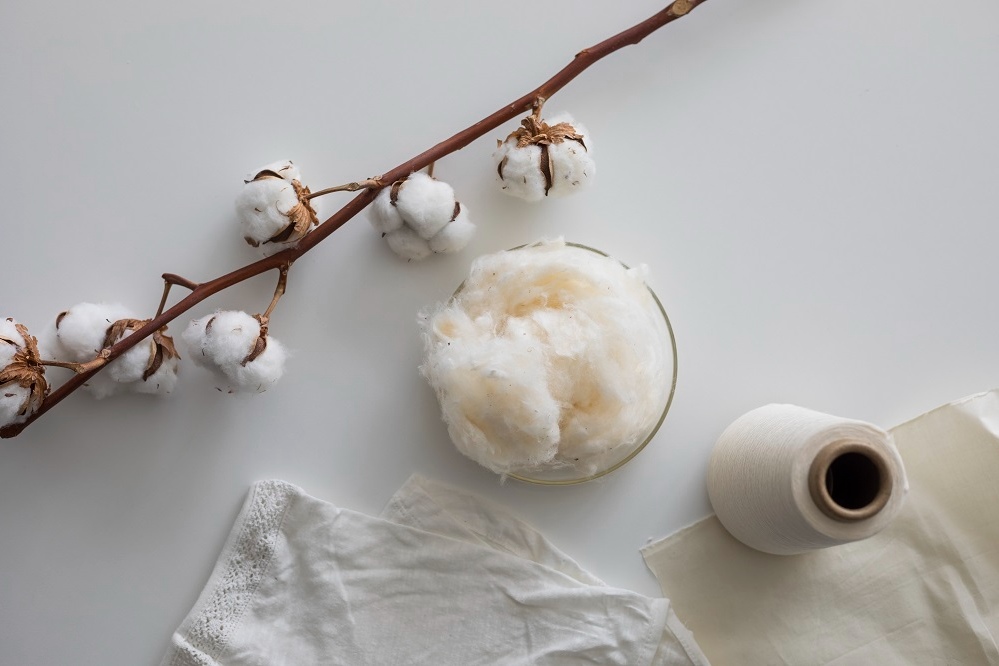
Hohenstein develops quantitative method to detect genetic modifications in organic cotton
YarnsandFibers News Bureau 2021-08-20 07:13:58 – GermanyTextile testing partner Hohenstein has developed a new quantification method, particularly for genetically modified cotton.
Hohenstein is utilizing DNA analysis to determine the percentage of known genetic alterations in organic cotton. According to the firm, which has more than 40 offices and laboratories across the world, stakeholders can use the data to discern between small contaminations and mixes, control quality, and verify claims.
The first step is qualitative screening. Hohenstein earlier developed a molecular biological detection method for qualitative screening. The presence or absence of genetic alterations (GMOs) in cotton may be reliably determined using this approach. Raw cotton and chemically untreated yarns and textiles are examples of products that can be tested beyond the seed stage. According to Hohenstein, it is one of the few ISO 17025-accredited laboratories in the world that can test for GMOs using the ISO/IWA 32:2019 protocol.
When Hohenstein specialists discover genetic modification using qualitative analysis, they can determine the kind and percentage of GMOs. Cotton lines with known genetic changes are searched for using DNA analysis, and their percentage in the sample is calculated.
This precise information is required to determine if a very tiny percentage of GMOs is due to contamination or if genetically modified materials have been mixed in. When it comes to supply chain transparency and fraud protection, this knowledge provides clear benefits to manufacturers, brands, and retailers.
Organic cotton goods have seen a significant increase in demand. Genetically engineered seeds, chemical pesticides, and fertilizers are not allowed in organic cotton production. Despite this, genetic alterations are frequently discovered in textiles marketed as organic.
Market Intelligence
Ask for free sample Report

experience
Customer Base
dedicated team
Countries Served Worldwide









